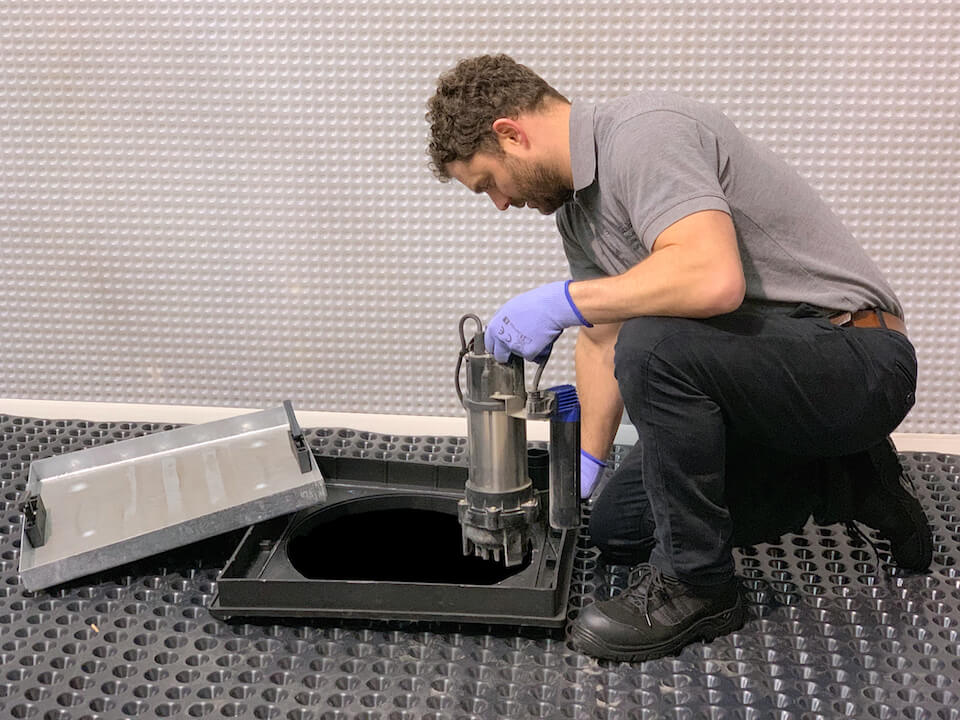Have you been trying to find help and advice around How to Care for Your Sump Pump?

Sump pumps are important parts in several homes, specifically in areas prone to flooding or extreme moisture. They aid avoid water damages by efficiently removing excess water from basements or crawl spaces. However, like any other device, sump pumps need regular upkeep to guarantee they work efficiently when required one of the most. Cleansing your sump pump is an essential part of its upkeep, and recognizing how to do it effectively can conserve you from costly repair work and prospective disasters.
Introduction
Maintaining a tidy sump pump is vital for its correct functioning and longevity. Neglecting this crucial job can lead to obstructions, malfunctions, and ultimately, water damages to your home. Consequently, learning how to clean a sump pump is vital for house owners who count on these gadgets to keep their basements completely dry and secured.
Signs of a Dirty Sump Pump
Recognizing when your sump pump needs cleansing is crucial for stopping prospective breakdowns. Some usual indications that show an unclean sump pump include unusual sounds during operation, decreased water circulation, and noticeable debris in the pit. If you see any one of these symptoms, it's necessary to cleanse your sump pump immediately to avoid any type of more concerns.
Preparing for Cleansing
Prior to you start cleaning your sump pump, it's essential to take some security preventative measures. Begin by turning off the power to the pump to prevent any type of electrical mishaps. Additionally, put on appropriate protective gear, such as gloves and safety glasses, to protect yourself from dirt, debris, and possible pathogens.
Understanding the Sump Pump
Before diving into the cleaning procedure, it's vital to have a fundamental understanding of how a sump pump works. Generally installed in a pit or container below the basement flooring, a sump pump consists of numerous essential parts, including a pump, a float switch, and a discharge pipe. When water gathers in the pit, the float button triggers the pump, which after that pumps the water out via the discharge pipe, far from the structure's foundation.
Step-by-step Overview to Cleansing a Sump Pump
Turning off the Power
Begin by separating the power supply to the sump pump to prevent any mishaps while cleansing.
Looking For Correct Functioning
Before reinstalling the pump, do a fast test to guarantee that the float switch turns on the pump appropriately. Pour some water right into the sump pit and observe the pump's operation. If whatever is working correctly, you can reconstruct the pump and reconnect the power supply.
Getting Rid Of Debris and Dirt
Use a container or an inside story to get rid of any kind of visible debris, dust, or sediment from the sump pit. Dispose of the debris correctly to avoid it from clogging the pump or the discharge pipe.
Cleaning the Pump and Drift Change
As soon as the pit is clear of particles, carefully get rid of the pump from the pit. Inspect the pump and the float button for any indicators of damages or wear. Use a soft brush or cloth to cleanse the surface areas and remove any accumulated grime.
Purging the System
After cleansing the pump and float button, purge the sump pit with tidy water to eliminate any kind of staying dust or sediment. This will aid ensure that the pump runs efficiently and successfully.
Maintenance Tips to Keep Your Sump Pump Clean
Along with periodic cleaning, there are a number of maintenance pointers you can comply with to keep your sump pump in optimal condition:
Verdict
Cleansing your sump pump is a critical element of its upkeep and ensures that it operates effectively when you require it the most. By adhering to the steps laid out in this guide and integrating routine upkeep right into your routine, you can prolong the life expectancy of your sump pump and protect your home from water damages.
How To Inspect And Clean A Sump Pump
There are a few things you may want to look for when inspecting your sump pump. These include:
Leaks: If you notice any leaks around the sump pump, it likely needs to be repaired or replaced. Mud or Water: If there is any mud or water around the sump pump, it’s likely that it’s not working properly and needs to be cleaned. Noises: If you hear any strange noises coming from the sump pump, it may be indicative of a problem. Next, you’ll need to clean the sump pump. If you notice any of these issues, it’s best to clean the sump pump as soon as possible. To do this, you’ll need to remove the pump from its housing. Be sure to have a bucket handy to catch any water that may spill out. Once the pump is removed, use a brush or a spray nozzle to clean off all of the mud and debris. You may also want to check the impeller for damage or wear and tear. If you find any damage, you’ll need to replace the pump.
Once the pump is clean, reattach it to its housing and replace any parts that were removed. Be sure to test the pump before putting everything back in place. Once everything is back in order, put the cover back on the sump pit and refill it with water.
https://elekplumbing.com/blog/how-to-inspect-and-clean-a-sump-pump/

I'm just very fascinated with How to Care for Your Sump Pump and I am hoping you enjoyed the page. Do you know anybody else who is enthusiastic about the niche? Why not promote it. Thank-you for your time spent reading it.
Click Here